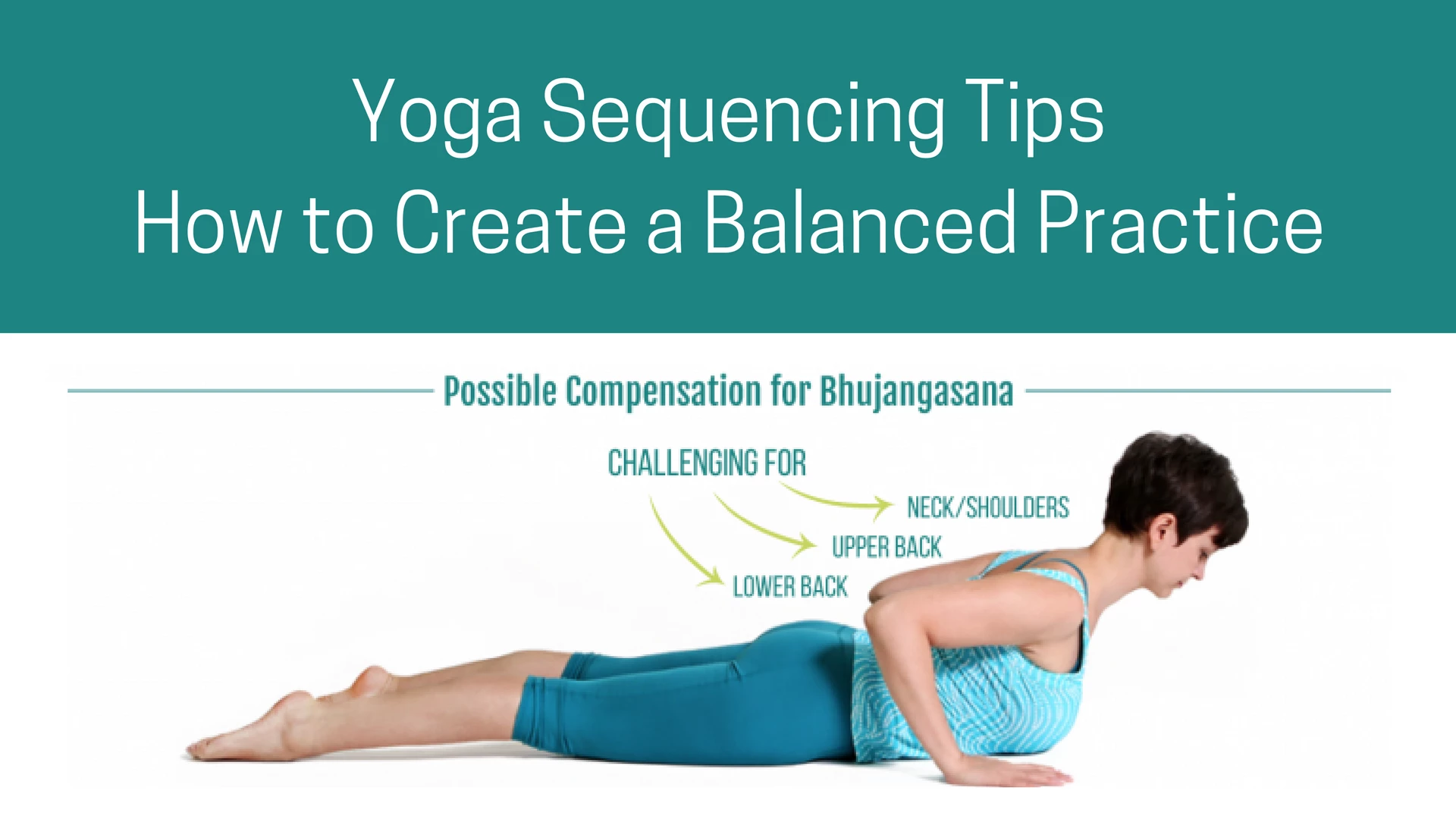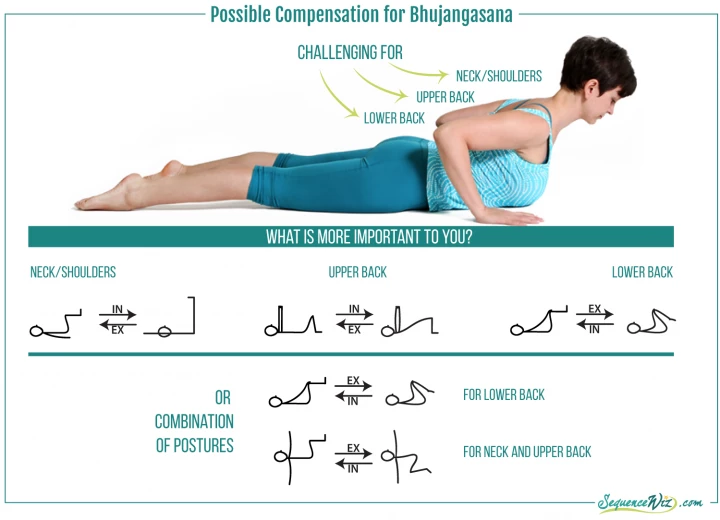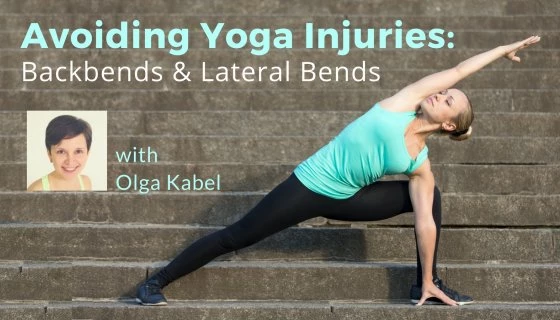Yoga Sequencing Tips: How to Create a Balanced & Integrated Yoga Practice

You know how after some yoga classes you feel more balanced and centered, and after others, you feel more disjointed and discombobulated? There are many factors that affect the outcome of a yoga practice, but one of the most important ones is the idea of pratikriya, or counteracting.
In the course of the practice, we always challenge the body (by taking the spine and joints through a wide range of motions), the breath (by deepening it, controlling it and working with it in other ways) and the mind (by focusing the attention, overcoming resistance and so on). The challenge is great, but we also need to take steps to return the body, breath, and mind to the state of balance. This is where the idea of compensation comes in.
When it comes to the asana part of the practice, compensation might seem straightforward—if you bend one way to do a difficult posture, bend another way afterward and you’ll be done. This makes sense, but it is a bit more complex than that (isn’t it always?).
Here are some suggestions on how to do compensation throughout the practice.
1. Use Universal Neutralizers
In the Viniyoga tradition, we call forward bends “the hub of the wheel” with backbends, lateral bends, and twists forming the spokes of the wheel. This means that forward bends serve as universal neutralizers for all other directional movements of the spine. Extension poses play the same role, helping the spine return to the neutral position. So if we want to have a balanced practice, we would include multiple forward bends and axial extension postures throughout to help balance out other more challenging spinal movements.

We have to remember though that not all forward bends and axial extension postures work equally well here. For example, many teachers use Adho Mukha Svanasana (Downward Facing Dog Pose) throughout the practice as a neutralizing and “resting” pose. From the perspective of the directional movement of the spine, it would be a good compensation option, but it also places significant stress on the shoulders, neck, lower back, and legs (depending on student’s ability), which makes it a poor choice for compensation on many occasions. A compensation posture should relieve tension, not create it. That is why using other axial extension postures make more sense.
2. Move from Deep to Not So Deep
One of the quotes that I absolutely love is from Mary McInnis Meyer (yoga teacher and a former automotive engineer). “Bend it all the way one way, then all the way the other way, repeat … this is how you test structural products to simulate the most extreme conditions to make them break,” she says. Since we have no interest in doing that to our spines, the compensation for a challenging posture should not be as challenging.
3. Move from Complex to Simple
In a similar way, if you gave detailed instructions and spend a lot of time and effort getting students into a particular complex posture, the pose that comes next should be much simpler to give their bodies and minds a break.
4. Compensate Specific Areas of Accumulated Stress
Different poses challenge different parts of the body, so we need to pick compensation poses that address the accumulated tension in the specific areas that were stressed. For example, if a pose is a challenge for the lower back, we would need to do a compensation pose that releases accumulated tension in the lower back. The interesting thing about it is that the choice of posture will not be the same in every instance and for every student. Take a look at this example:

So when you make a decision on which compensation pose to choose, it might be useful to answer the following questions first and start there:
-
In private yoga sessions: What is more important to an individual student, knowing their history and challenges?
-
In a class format: What would most students benefit from?
-
In your own practice: Which area feels the most vulnerable today?
So in reality, a lot of thinking goes into deciding how to compensate for specific poses throughout the practice and bring the body to the state of balance, but the rewards are obvious as well. Proper compensation minimizes the risk of injury, helps develop the body in a more balanced way, ensures gradual, steady progress and helps students feel more balanced and stable at the end of the practice.
If avoiding injuries and correct alignment is important to your practice – Study with Olga Kabel and YogaUOnline – Avoiding Yoga Injuries: Common Alignment Mistakes with Backbends and Lateral Bends.
Would you like information about Axial Extension Poses? If so, here is another great article from Olga Kabel – 4 Yoga Poses to Increase Axial Extension.
Reprinted with permission from sequencewiz.com
 Educated as a school teacher, Olga Kabel has been teaching yoga for over 14 years. She completed multiple Yoga Teacher Training Programs but discovered the strongest connection to the Krishnamacharya/ T.K.V. Desikachar lineage. She had studied with Gary Kraftsow and American Viniyoga Institute (2004-2006) and received her Viniyoga Teacher diploma in July 2006 becoming an AVI-certified Yoga Therapist in April 2011. Olga is a founder and managing director of Sequence Wiz- a web-based yoga sequence builder that assists yoga teachers and yoga therapists in creating and organizing yoga practices. It also features simple, informational articles on how to sequence yoga practices for maximum effectiveness. Olga strongly believes in the healing power of this ancient discipline on every level: physical, psychological, and spiritual. She strives to make yoga practices accessible to students of any age, physical ability and medical history specializing in helping her students relieve muscle aches and pains, manage stress and anxiety, and develop mental focus.
Educated as a school teacher, Olga Kabel has been teaching yoga for over 14 years. She completed multiple Yoga Teacher Training Programs but discovered the strongest connection to the Krishnamacharya/ T.K.V. Desikachar lineage. She had studied with Gary Kraftsow and American Viniyoga Institute (2004-2006) and received her Viniyoga Teacher diploma in July 2006 becoming an AVI-certified Yoga Therapist in April 2011. Olga is a founder and managing director of Sequence Wiz- a web-based yoga sequence builder that assists yoga teachers and yoga therapists in creating and organizing yoga practices. It also features simple, informational articles on how to sequence yoga practices for maximum effectiveness. Olga strongly believes in the healing power of this ancient discipline on every level: physical, psychological, and spiritual. She strives to make yoga practices accessible to students of any age, physical ability and medical history specializing in helping her students relieve muscle aches and pains, manage stress and anxiety, and develop mental focus.

